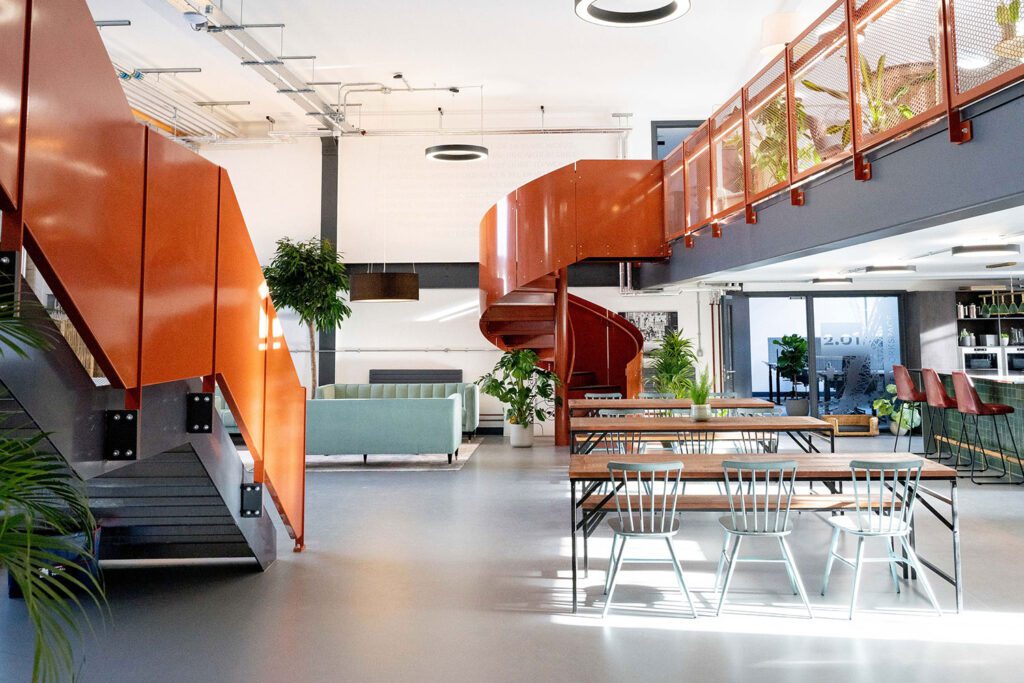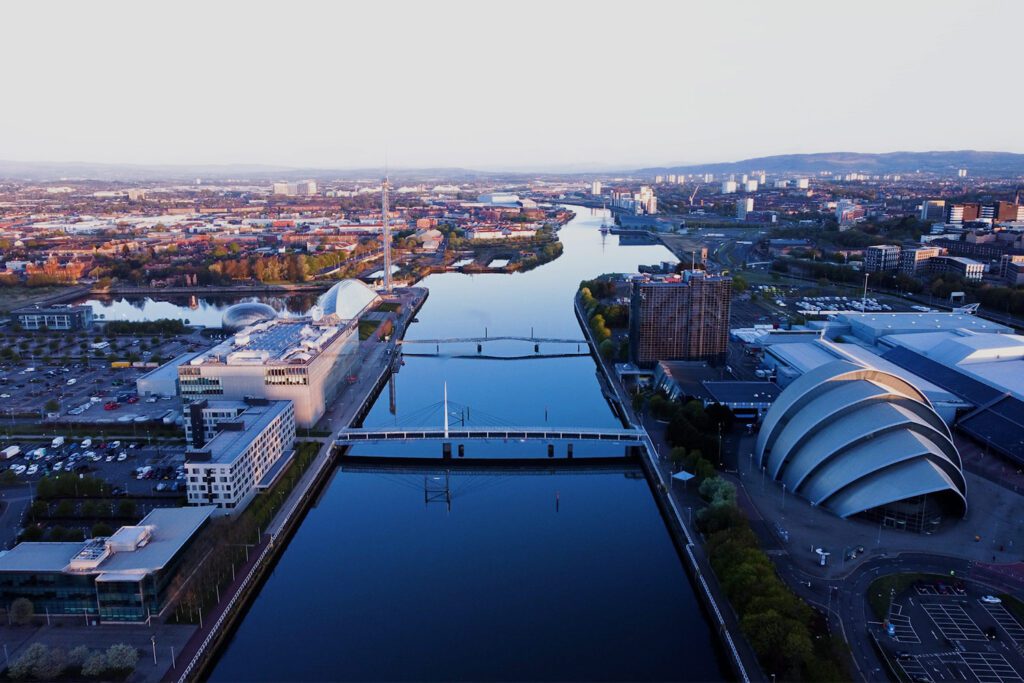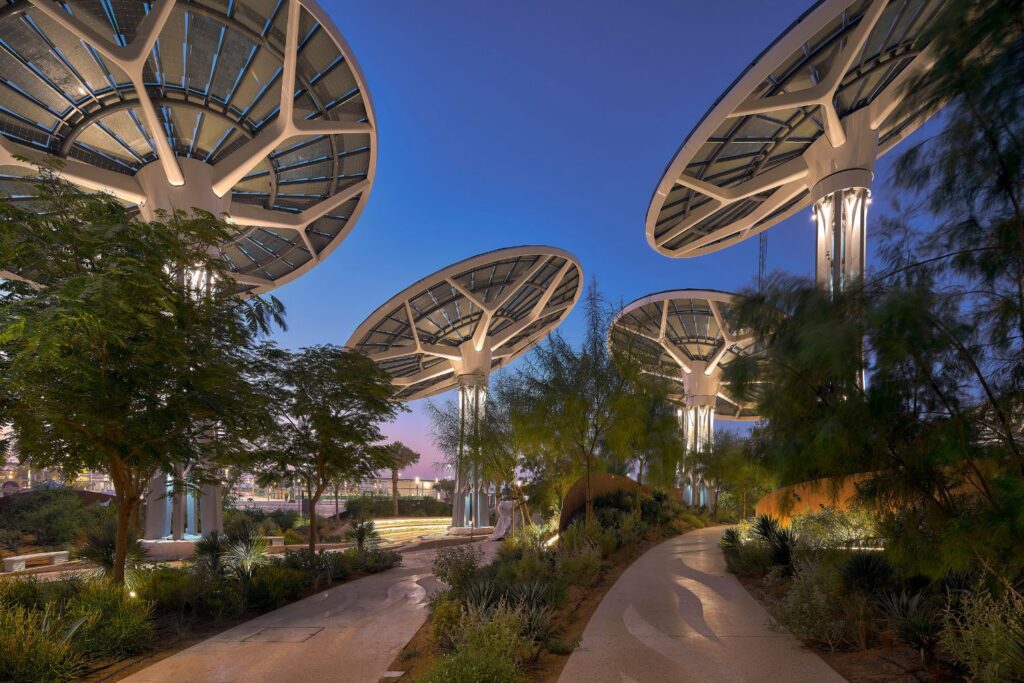Event Recap: 2023 Youth Climate Conference Part 2
What will 2030 look and feel like? How will our building stock have changed? What role will biodiversity play in our cities? Has society met its climate ambitions?
At this year’s Winter Climate Conference, the many constituent parts of the climate challenge were discussed with over 60 attendees. Attendees were comprised of a variety of backgrounds, across a huge range of specialisms. Focus was placed on widening our views around sustainability, now is the time to be ambitious.
Below, we outline the key points from some of the talks given on the day.

Regenerative Design for Engineers – James Norman, University of Bristol
Regenerative design draws on three key schools of thought; enabling social and ecological systems to evolve (‘Restore’), understanding the inner workings of ecosystems and how they regenerate (‘Re-genesis’), and problem-solving with the constraints of the project in mind. James showcased these principles in practice highlighting some projects in the South West where straw was an integral part of the construction process.
Straw is an abundant renewable waste material, with low embodied carbon and effective heat insulation. Within these case studies, the manufacturing of straw components occurred in local factories, meaning the community was involved in construction, allowing for better insight into the impacts throughout the supply chain. As a result, an ongoing culture of regeneration was created.
James’ regenerative design tips for re-solving the planetary emergency were to look for abundance, start small, and continuously design.
Three Key Takeaways
· Regenerative design is the next step in improving the social and environmental value of built environment engineering.
· There are natural materials and low carbon materials that already exist and that are in development that we should be seriously considering in designs.
· Engineers have agency and can use this to drive more ethical and sustainable project outcomes in the built environment.

How Biodiversity is re-shaping design – Tom McArthur
Marrying ecology and design, Tom delivered a presentation on how biodiversity is reshaping and evolving how the engineering community thinks about design.
Going forward, practices are focusing more on green roads and city masterplans informed by Green, Grey, and Blue Infrastructure. Human health and environmental resilience can be improved by thinking grey (building materials, infrastructure), green (green spaces, flora and fauna) and blue (water management) when planning urban spaces. An example of this would be Rio de Janeiro favelas that were planted with green roofs, they observed a cooler microclimate soon after. A low-cost intervention that will save lives as summer temperatures globally continue to rise.
Three Key Takeaways
· Everything, everywhere, all at once thinking (ecosystems thinking) will be needed to mitigate the biodiversity crisis we are faced with.
· In the built environment this means a focus on avoidance and minimisation of resource use and waste, intelligent use of technology, and land use management that protects and embraces nature.
· Thinking grey, green and blue in urbans spaces can improve human health and environmental protection in one.
The case for retro-fitting – Nikki Stockbridge, ARUP
The Construction Industry is the largest consumer of materials, and consequentially, faces issues such as resource availability and space. The case for retrofitting seeks to reuse the structures we already have at our disposal, assess the skeletons and decide how to move forward with this in mind. The discussion focused on the challenges of aligning the client’s needs with the client’s vision, as well as the cost of retrofitting. This process requires a complex decision tree of factors, so early surveyance is necessary and the emergence of technology such as Building Information Modeling can help realise the logistics of retrofitting.
Retrofit provides some key draws for an ambitious engineer – more technical challenges, more considerations around the protection of heritage and more creative thinking to re-use existing building elements efficiently and safely. This reframing of a retrofit from the last choice to a prime opportunity for engineering excellence is one that drew the eyes of many of the early career professionals in the room.
Three Key Takeaways
· Retrofit can present some of the most interesting engineering work, with knowledge, nuance and creativity needed in abundance.
· Differing levels of reuse can allow for flexibility of design in retrofit projects.
· A detailed site analysis and some early conversations introducing retrofit can improve material reuse during a project.

Utopia Visioning
To conclude the conference, teams were tasked to envision what the built environment in the year 2050 would look like, in a world where all climate mitigation actions have been taken in that period. We asked them to draw out this future, brainstorm key ideas that made this future utopian and asked them to collaborate to think up some of the regulatory/legislation/industry changes that needed to happen before 2050 to see this future worth inhabiting. A simple task with some varied, collaborative outcomes from various groups.
A timeline was provided to imagine the key events and prerequisites to their vision and teams came up with a variety of creative outcomes including; GDP abandoned as a measurement of social progress, right of way for nature, the term ‘urban’ becoming redundant, and, of course, hover-mobiles. The winning team’s poster is pictured below.

Three Key Takeaways
· Current measurements and goals are not always inclusive of the whole ecosystem.
· Ecology and Biodiversity are not separate from the built environment.
· The need to solve multiple interrelated problems at once while considering waste, material reuse and the natural environment present opportunities for some ambitious, excellent engineering.







